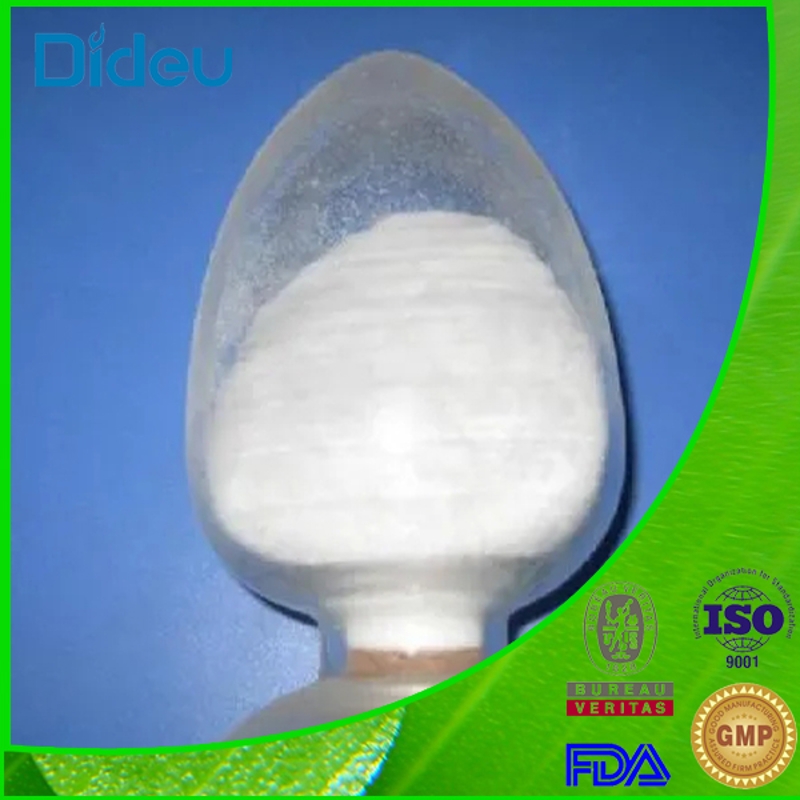-
Categories
-
Pharmaceutical Intermediates
-
Active Pharmaceutical Ingredients
-
Food Additives
- Industrial Coatings
- Agrochemicals
- Dyes and Pigments
- Surfactant
- Flavors and Fragrances
- Chemical Reagents
- Catalyst and Auxiliary
- Natural Products
- Inorganic Chemistry
-
Organic Chemistry
-
Biochemical Engineering
- Analytical Chemistry
- Cosmetic Ingredient
-
Pharmaceutical Intermediates
Promotion
ECHEMI Mall
Wholesale
Weekly Price
Exhibition
News
-
Trade Service
There is such a group of people around us, he (she) quiet and sedentary will be legs deep pain, sleep at night feel like a worm crawlant, sour burning pain makes him (her) repeatedly awakened ..they actually have a sensory movement disorder - restless legs syndrome, RLS)Clinical manifestations: there is a strong desire for the active lower limbs, often accompanied by double lower limb discomfort, the discomfort appears in the evening or at night or aggravation, after the activity part or complete lying, seriously affecting the patient's sleep and quality of lifeit's worth noting that RLS and cerebral infarction are like a couple of "partners" who have such a relationshipFirst look at 2 simple RLS casescases 1patient son, 67 years old, due to sudden right limb weakness, right leg involuntary movement 3 days admitted to hospitalhave a history of hypertension and do not take antihypertensive drugs orallypatients complain about discomfort in their right leg at night, which can lead to sleep disorders;nervous system check: diaphmo obstruction, right limb muscle strength IV level, sensory detection did not see abnormalThe cerebral dWI shows the left side of the brain bridge by the infarctiongiven oral antiplatelet drugs and praxo, after 2 days the patient's RLS symptoms completely disappearedAfter 3 months, the patient's right lower limb muscle strength returned to normal, without RLS symptomsThe re-onsis of RLS symptoms after discontinuation of the drug has continued to be oral Plaxo2male, 60 years old, admitted to hospital for 1 day due to sudden speech confusion and weakness of his lower right limb in good health and denied a history of drug use self-complaining of discomfort in the right leg at night, shaking or rubbing leg discomfort can be briefly alleviated nervous system check: diaphmo obstruction, right lower limb muscle force IV level, the residual limb muscle force is normal Feel that there is no abnormality in the body check brain DWI show the left side of the brain bridge side of the infarction given oral antiplatelet drugs, ropiniro, leg discomfort after 1 week relief After 3 months of limb weakness basically returned to normal, after the suspension of the ropinillo RLS symptoms re-emerged The incidence and pathogenesis of RLS in Western countries, the incidence of adult RLS is 8.5%-28.2% The incidence rate for Asians is 0.1%-12%, significantly lower than in Western countries RLS women are better off, and their incidence increases with age The pathogenesis of restless leg syndrome is not yet clear, and the current view includes: The central nervous system dopamine can be neurotransmitters and their receptor expression is reduced lack of iron in the central nervous system the cerebral cortex movement sensation integrates network dysfunction the central nervous system's downstream inhibition pathway dysfunction causes hyper-excitement of spinal cord neurons The RLS Co-disease 2016 Claudia Trenkwalder systematically reviewed the major diseases associated with RLS A Non-nervous diseases: iron deficiency, anemia, kidney disease, hypertension, cardiovascular diseases; B Neurological disorders: headache, stroke , neurodegenerative diseases (Parkinson's disease), multiple neuropathy, multiple sclerosis 2014 IRLSG proposed a new standard for diagnosis
Thomas Willis first described RLS in 1685 In 1945, Karl-Axel Ekbom proposed the RLS diagnostic standard Since then, the RLS diagnostic standard has been modified several times Currently, the latest diagnostic criteria were proposed by the International RLS Research Group (IRLSSG) in 2014 Table 1 RLS Diagnostic Standard of cerebral infarction The first prospective study by Lee S et al showed that 17 of the 137 ischemic stroke patients had RLS (the incidence rate was 12.4%) In imaging examination in patients with RLS after stroke, the infarction site was most common with base knots/radiation crowns and brain bridges, with incidences of 30.3% and 22.2%, respectively Figure 1 Case-control studies found significant differences in the incidence of RLS in both groups in the healthy control group and ischemic stroke patients The link between RLS and cerebrovascular events there may be the same risk factors for RLS and cerebrovascular events, such as sex, smoking, etc RLS and its associated periodic leg movements can cause sleep deprivation, which in turn increases the risk of cerebrovascular events and changes in blood pressure during sleep (blood pressure does not drop during nighttime sleep) also increase suare cerebrovascular events In addition, RLS may be a sign of bad habits such as sedentary, hypertension, hyperlipidemia, diabetes
and obesity RLS and of cerebral bridge infarction The pathophysiological mechanism of the secondary RLS of cerebral bridge infarction is not clear Spinal cord and cerebral bridge infarction secondary RLS suggests that RLS dopamine dysfunction may occur mainly in the brain stem-spinal dopamine pathway The A11-A14 region nerve nucleus is the main source of this pathway dopamine, the spinal cord in the dopamine receptor D1-D5, dopamine regulates the excitability of motor neurons in the spinal cord The stress of the brain bridge core or mesh structure causes the dopamine neurotransmitter transmission pathway from the hypothalamus A11 nuclear group to the gray corner of the back of the spinal cord, and the spinal cord inhibition of the vanishing flexion reaction is easily processed and thus secondary RLS summary The common infarction sites of RLS after stroke are base knots/radiation crowns and brain bridges In clinical work, it is also necessary to strengthen the identification of RLS in order to reduce missed diagnosis experts Shen Wei Source: of the Medical Sciences Channel







